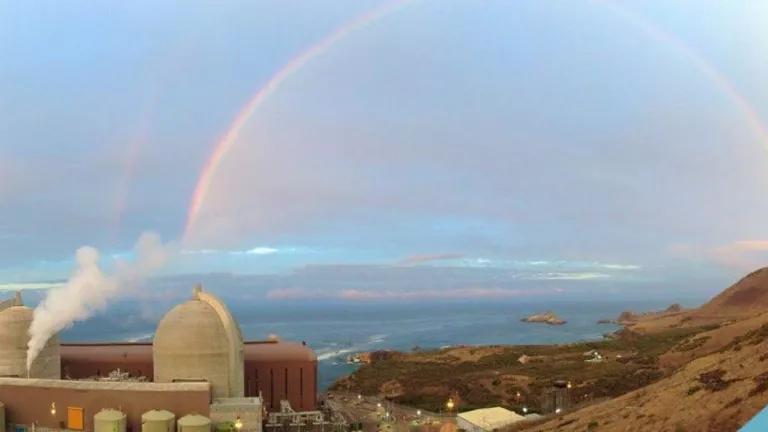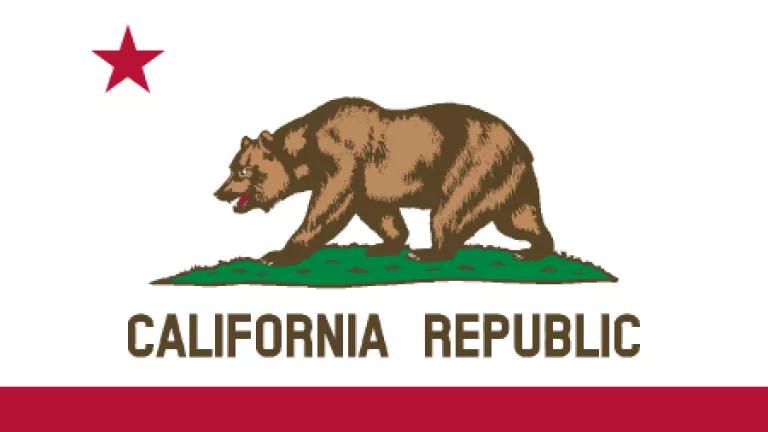Could Diablo Canyon be Another Lazarus Story?
One of my friends recently suggested that the Diablo Canyon nuclear power plant was on the verge of becoming “another Lazarus.” The analogy is misplaced.

Diablo Canyon Nuclear Power Plant
One of my Sacramento friends recently suggested that the Diablo Canyon nuclear power plant was on the verge of becoming “another Lazarus,” invoking the biblical story about a man restored to life several days after being entombed. The analogy is misplaced (even putting aside another friend’s invitation to cite Goliath in rebuttal).
First, unlike Lazarus, Diablo Canyon avoided premature entombment, thanks to a 2016 agreement that NRDC helped negotiate, which secured the plant’s two units a long-term lease extension that allows them to continue operations through November 2024 and August 2025, respectively. But some have been calling for still further life extension, and in June 2022 the California legislature set aside $75 million that could be used to reimburse the owners of some of the state’s aging power plants “for any costs, expense or financial commitments incurred to retain the future availability of such generating facilities” (AB 180, sec. 23(e)).
But the reasons for retiring Diablo Canyon have nothing to do with a shortfall of a few tens of millions of dollars for short-term measures to “retain [its] future availability.” The case for retirement was grounded in a finding that the price tag of life-extension upgrades would be measured in multiple billions of dollars, if as widely predicted state regulators required replacement of an obsolete cooling system that dumps massive quantities of heated water directly into adjacent ocean waters. The 2016 retirement agreement rested on both these unacceptably high refurbishment costs and the incompatibility of a giant power plant operating 24/7 with the needs of a grid increasingly dominated by inexpensive variable-output wind and solar generation.
What has changed since 2016 that matters? Life extension proponents say that California now has more aggressive decarbonization goals and more urgent reliability needs, and that Diablo Canyon is essential to meeting both. Let’s take those issues in turn.
Since 2016, all five of California’s major electric utilities have issued and revised comprehensive plans to help the state decarbonize its economy fully, and to ensure that their own generation systems and power purchases make no net contribution to statewide emissions by 2045 or earlier. The most recent and ambitious plan was published in June 2022 by Diablo Canyon’s owner and operator, the Pacific Gas & Electric Company. Those five plans (and subsequent revisions) have one thing very prominently in common: none includes any recommendation to extend further Diablo Canyon’s operating life. Nor does an exhaustive May 2022 report by Gridlab, Telos Energy and Energy Innovation: Reliably Reaching California’s Clean Electricity Targets: Stress Testing Accelerated 2030 Clean Portfolios.
What about the reliability issue? California and the West do indeed face urgent climate-related reliability challenges during periods of severe heat and wildfires. The California Independent System Operator, the California Public Utilities Commission and the California Energy Commission are rushing to get contingency measures in place, including enhanced west-wide grid integration along with more emergency backup power and demand flexibility. But none of those agencies has issued analyses concluding that the reliability portfolio must or even should include an extension of Diablo Canyon’s operating life. Thanks to the 2016 agreement, of course, the plant should be online for the rest of this summer, and next summer, and the summer after that – and, in the case of Unit 2, during much of the summer of 2025 as well.
But when a state is looking for resources to ensure system reliability under extreme conditions that arise only during a small fraction of the total hours in a year, the last thing it wants is a power plant designed to operate continuously year-round, without any built-in capacity to shift much or all of its generation up or down in a matter of minutes (ideally) or hours. From a reliability perspective, that’s the great weakness of a 1960s-era nuclear colossus like Diablo Canyon.
Returning to the biblical analogy, Lazarus presumably lived a full productive life before his final passage. For the previously revived Diablo Canyon plant, that moment should and will come when its 40-year operating license expires in August 2025. The Sacramento Bee just editorialized as much after reviewing all the arguments. One resurrection is the limit.

